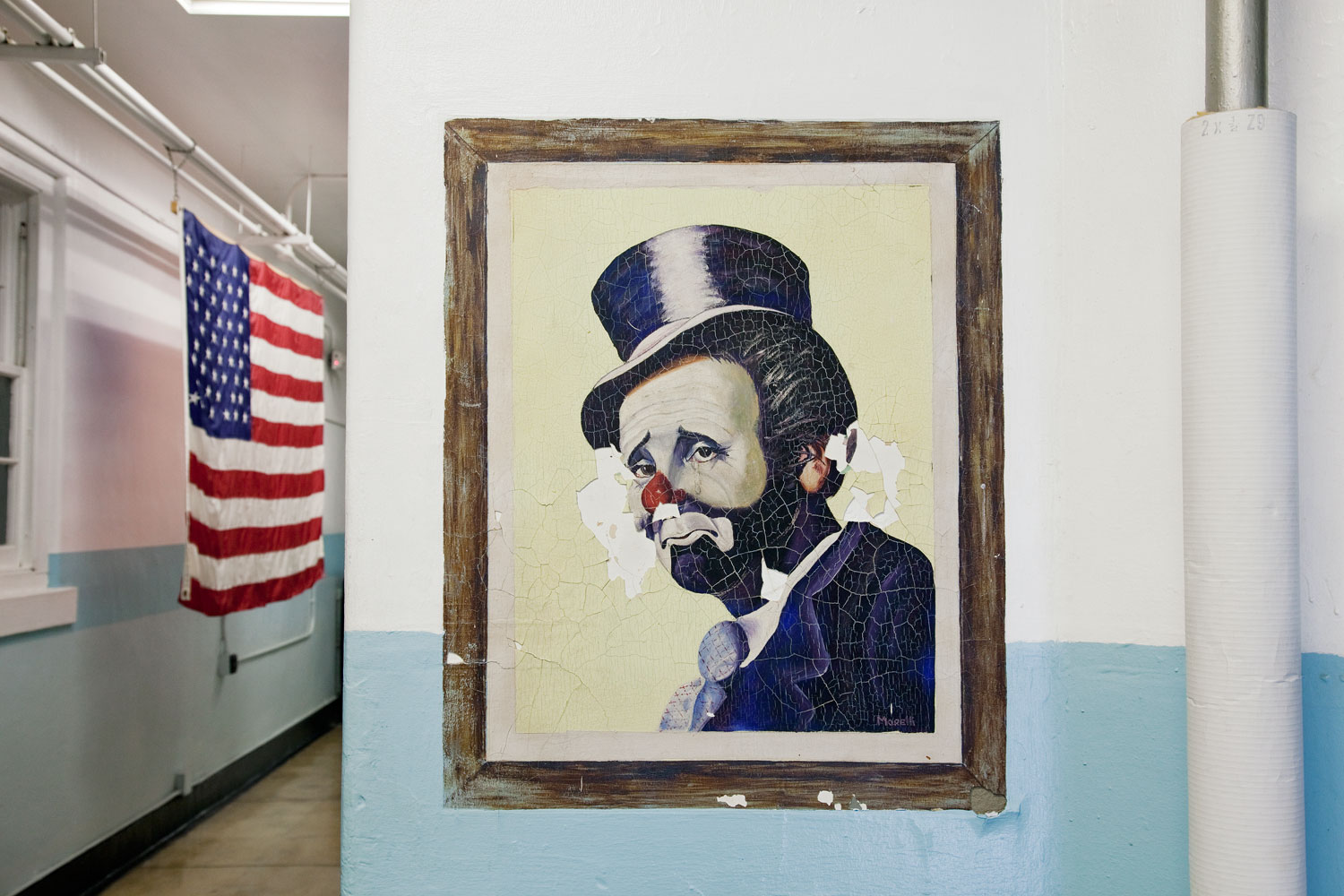
In the past seven months, the prolonged executions of Dennis McGuire in Ohio, Clayton Lockett in Oklahoma and Joseph Wood in Arizona have called into question the humaneness and effectiveness of lethal injection in the U.S. The three executions, in which the inmates either gasped or snored for extended periods as the execution drugs were administered, have been widely considered “botched,” leading to post-mortem investigations and pledges by the White House to review how capital punishment is carried out in America.
While some states have actually accelerated their pace of executions recently, including Missouri, which has put to death more people this year than any since 2001, the number of states still practicing capital punishment has decreased as support for the death penalty has waned in the U.S. Since 2007, six states have repealed the practice, making 18 in total that have done away with it. But what happens to a state’s execution site once it’s no longer in use? Can a space like that be repurposed? And what would it be if it could?
For the last three years, photographer Emily Kinni has been chronicling these post-death-penalty spaces. What were once the grim sites of hangings, gassings and electrocutions are now cheery department stores, drab conference rooms and unassuming private residences. And each of them tell their own story about how states deal with their own pasts.
It’s one thing to photograph functioning execution chambers; but for Kinni, that was too literal, too on the nose. Instead, she was interested in the afterlife of execution sites in states without capital punishment, many of which have taken on drastically new forms.
The most peculiar may be the original site of hangings in Rhode Island, which is now a Nordstrom department store. In New Jersey, the state’s former lethal injection chamber is a conference room in the state prison that still includes the same black curtain used during executions. In Wisconsin, the former site of state hangings is a private residence. Some states, like Maine, literally bury their past. The state’s prison, along with its former execution site, now lies underneath a park, which Kinni toured.
“A prison guard took me out on this grassy field and showed me the two-by-two-foot square where the hanging took place,” she says. “And I was walking barefoot. Daisies were growing, butterflies were flying. It was a bizarre experience.”
Some execution chambers were almost impossible to track down. Kinni only heard about Alaska’s former site from a local resident who witnessed an execution when he was a kid. She discovered Rhode Island’s death-room-turned-Nordstrom with the help of an archaeologist.
But others are proudly on display. In West Virginia, all of the execution tools have been moved into a special room that’s become a tourist attraction, which includes the electric chair (known as “Old Sparky”) and a leather mask originally placed on death row inmates. (The original site is a nearby prison basketball court.)
What’s intriguing about Kinni’s photos are the various ways states confront their own histories, and Kinni says she often noticed a certain detachment among prison officials who weren’t around when their state was still practicing capital punishment.
“When there is that disconnect, it’s not shame about their state’s history,” Kinni says. “It’s more like, This is the way it went down. It used to be considered an effective method. We no longer think so, and now we’ve moved on.”
Emily Kinni is a photographer based in New York.
Josh Sanburn is a writer/reporter for TIME in New York. Follow him on Twitter @joshsanburn.


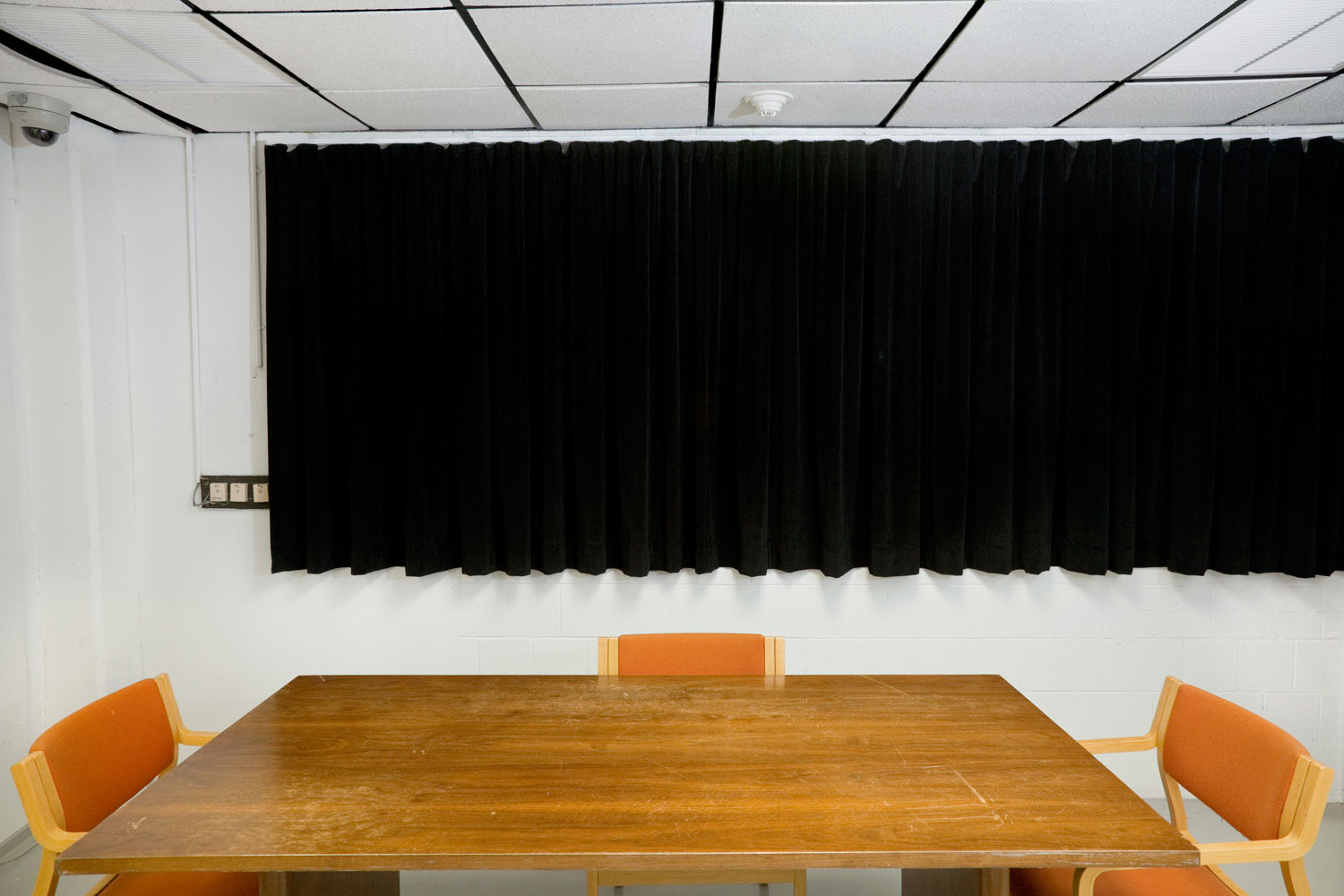
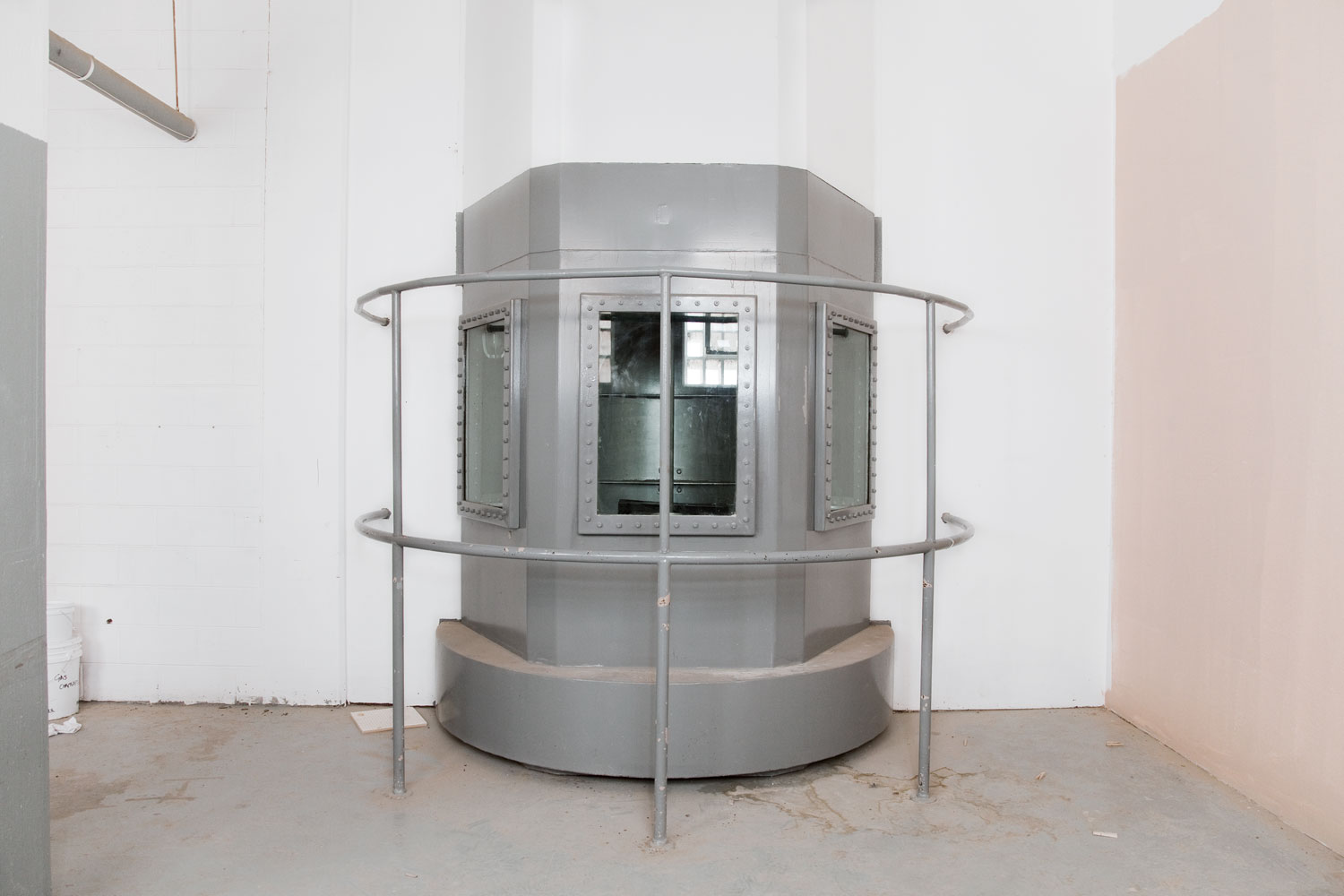
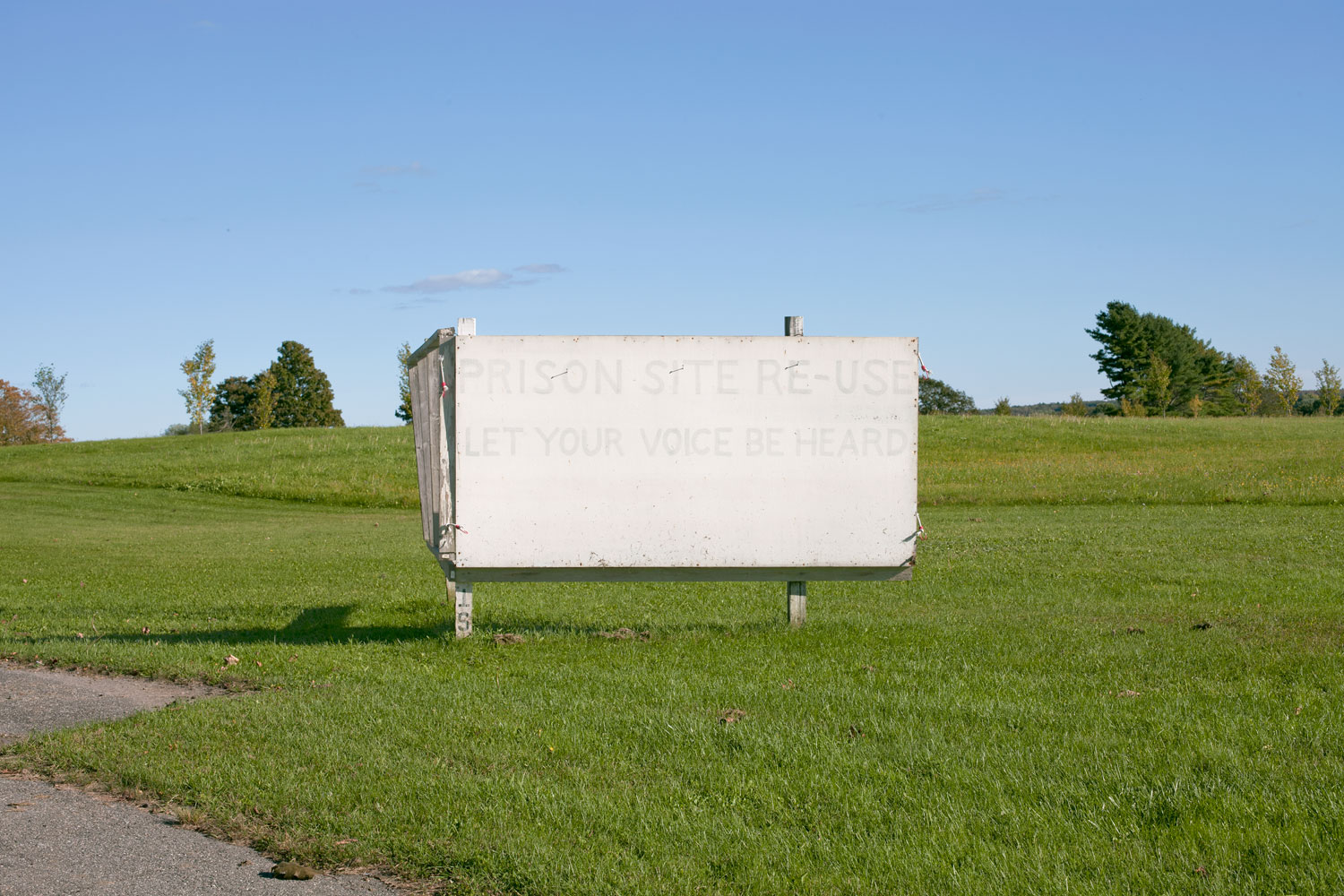
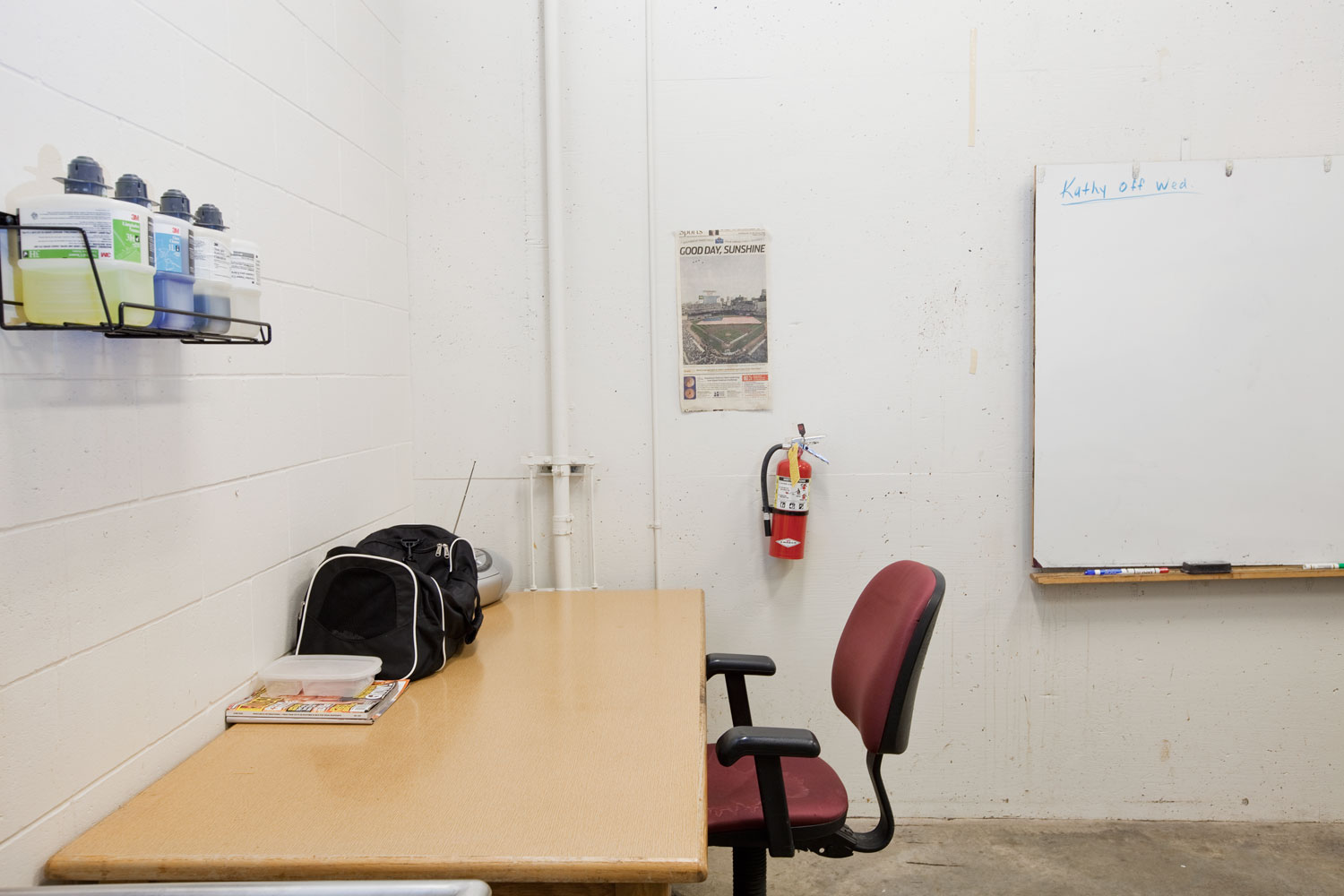

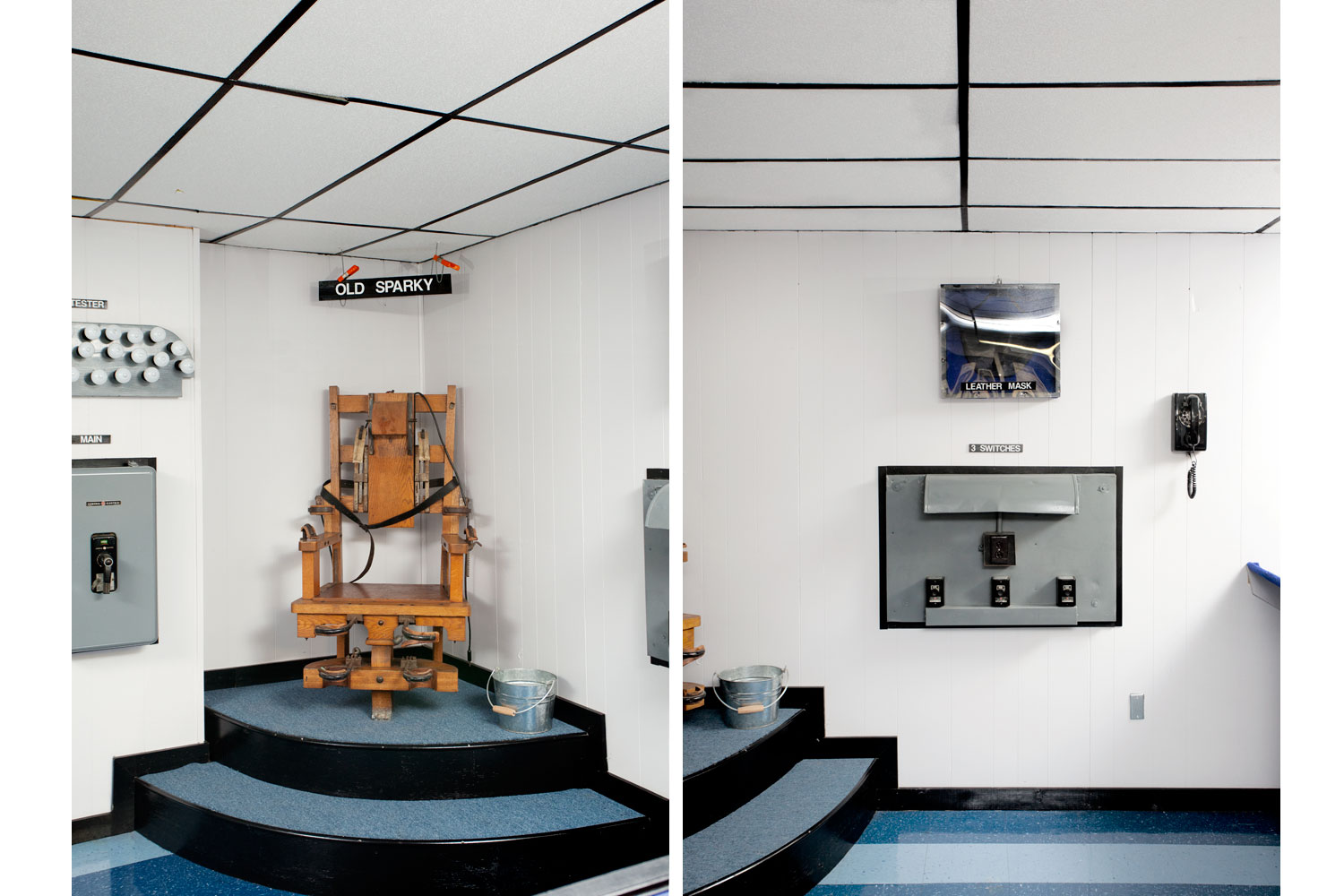
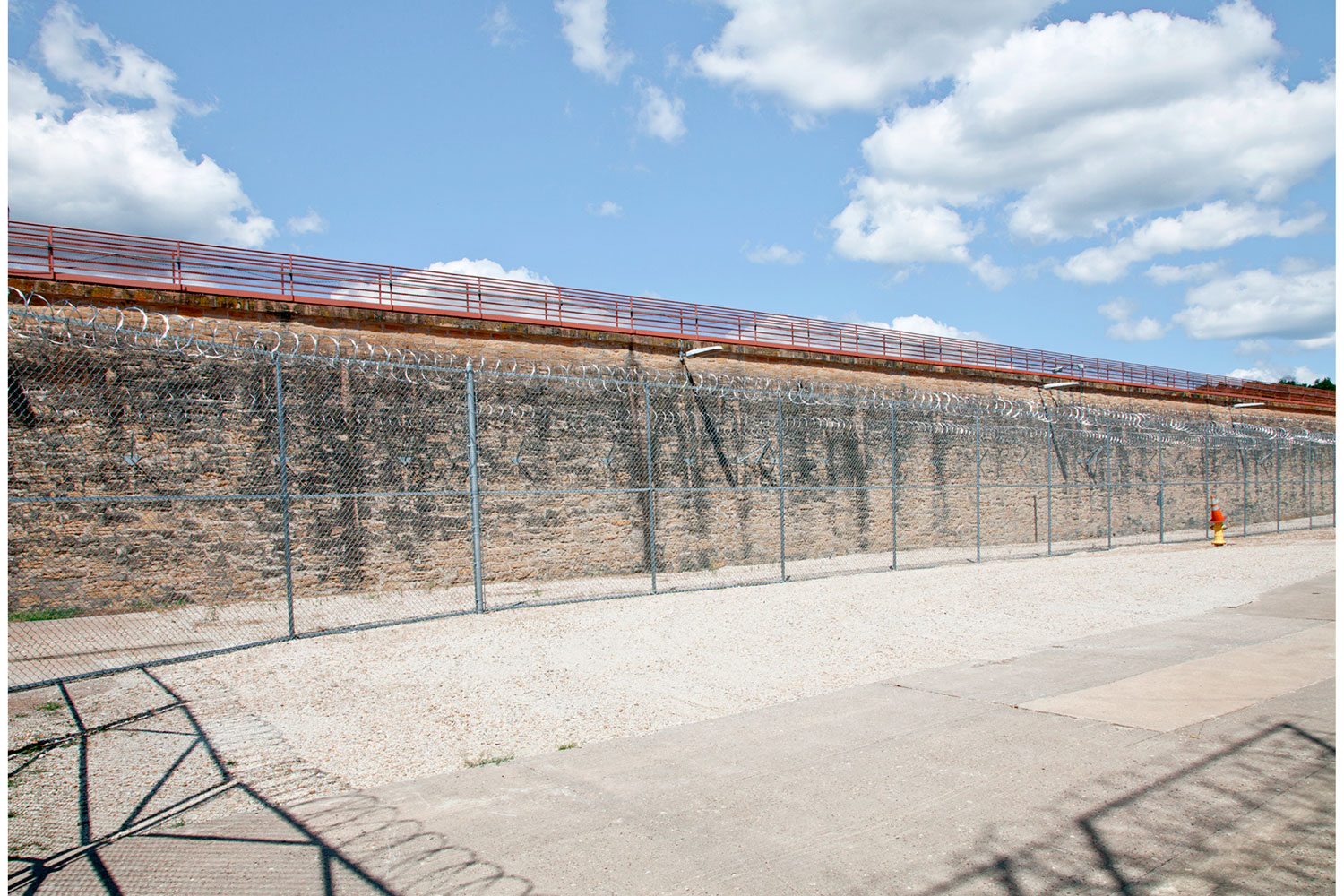
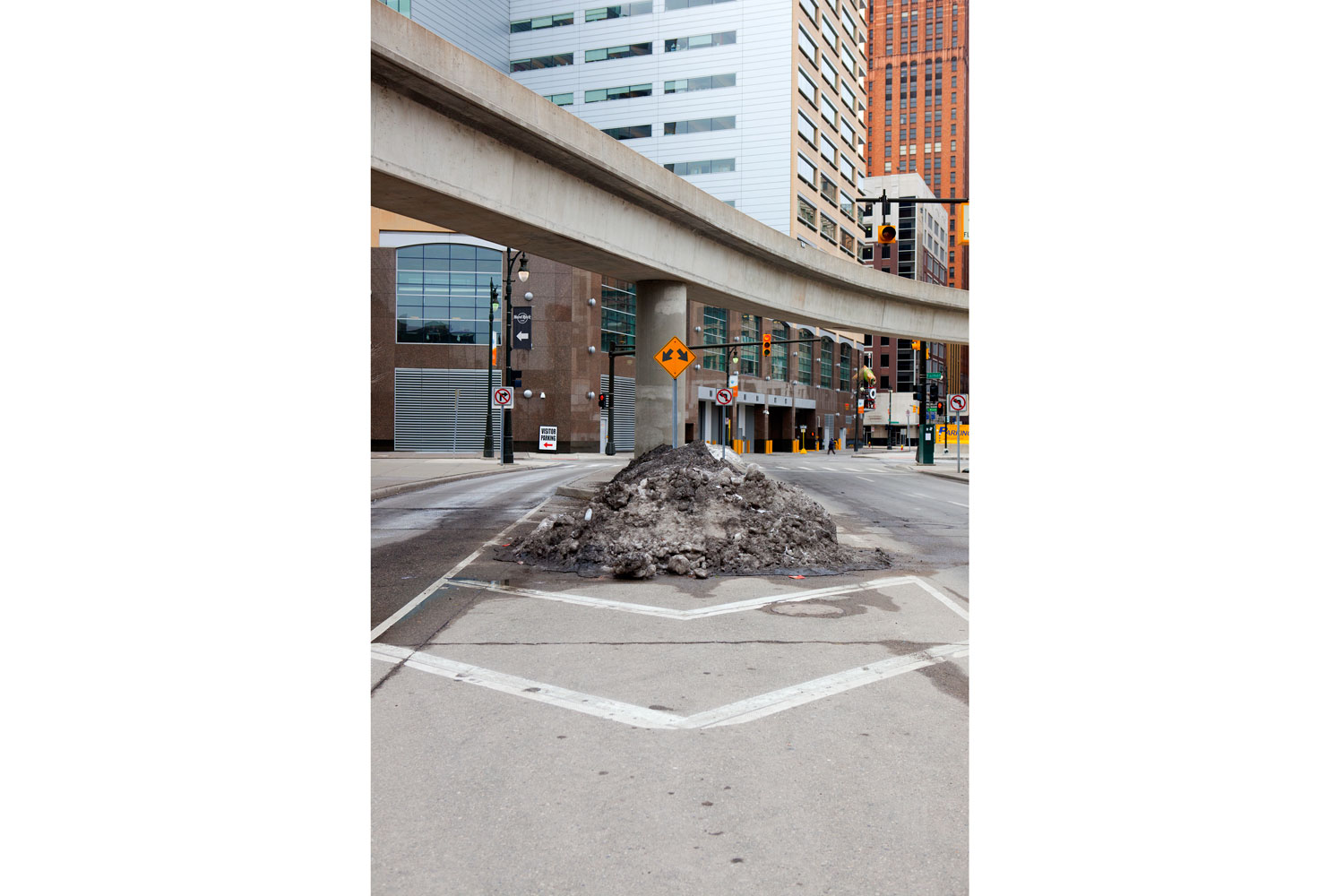
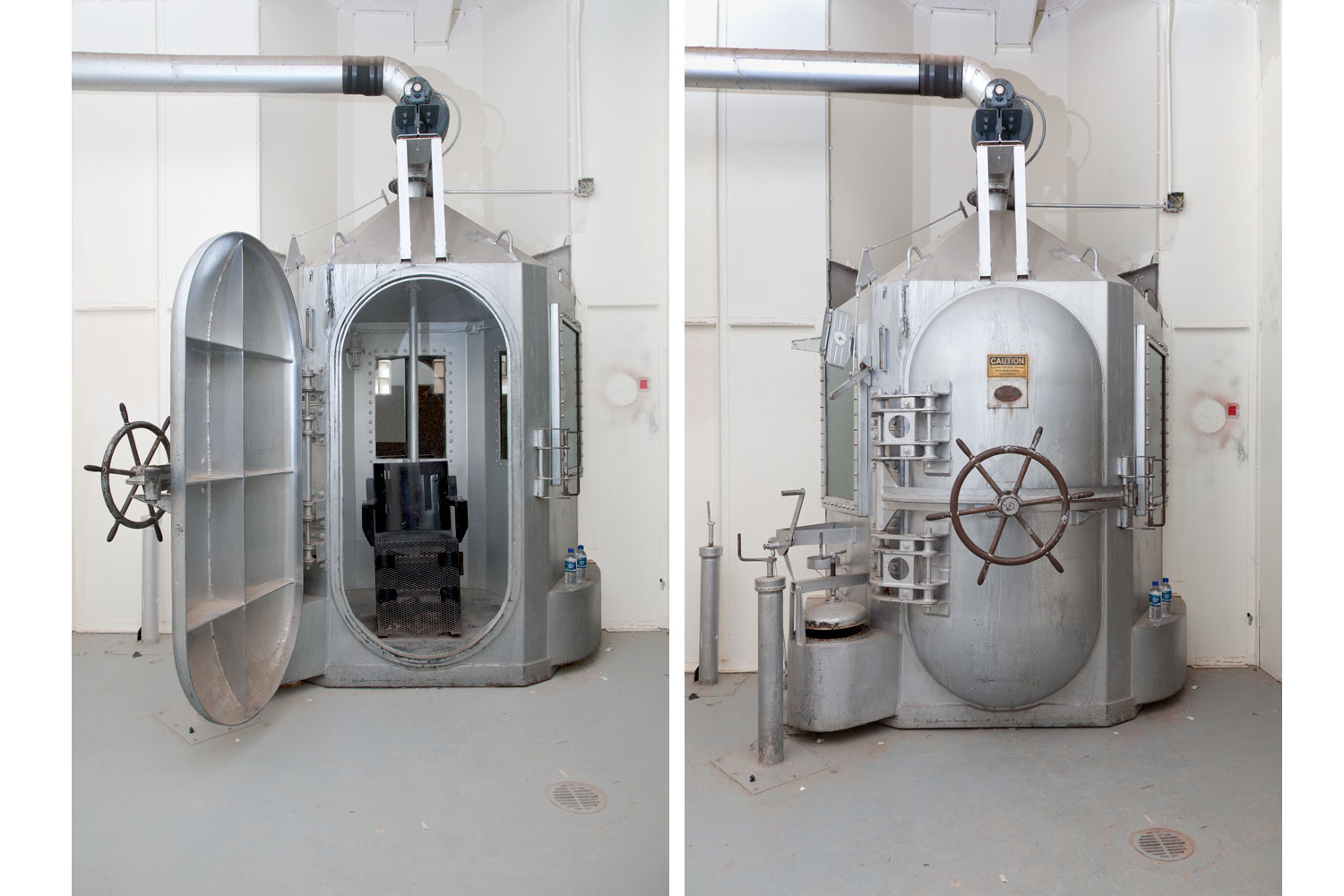
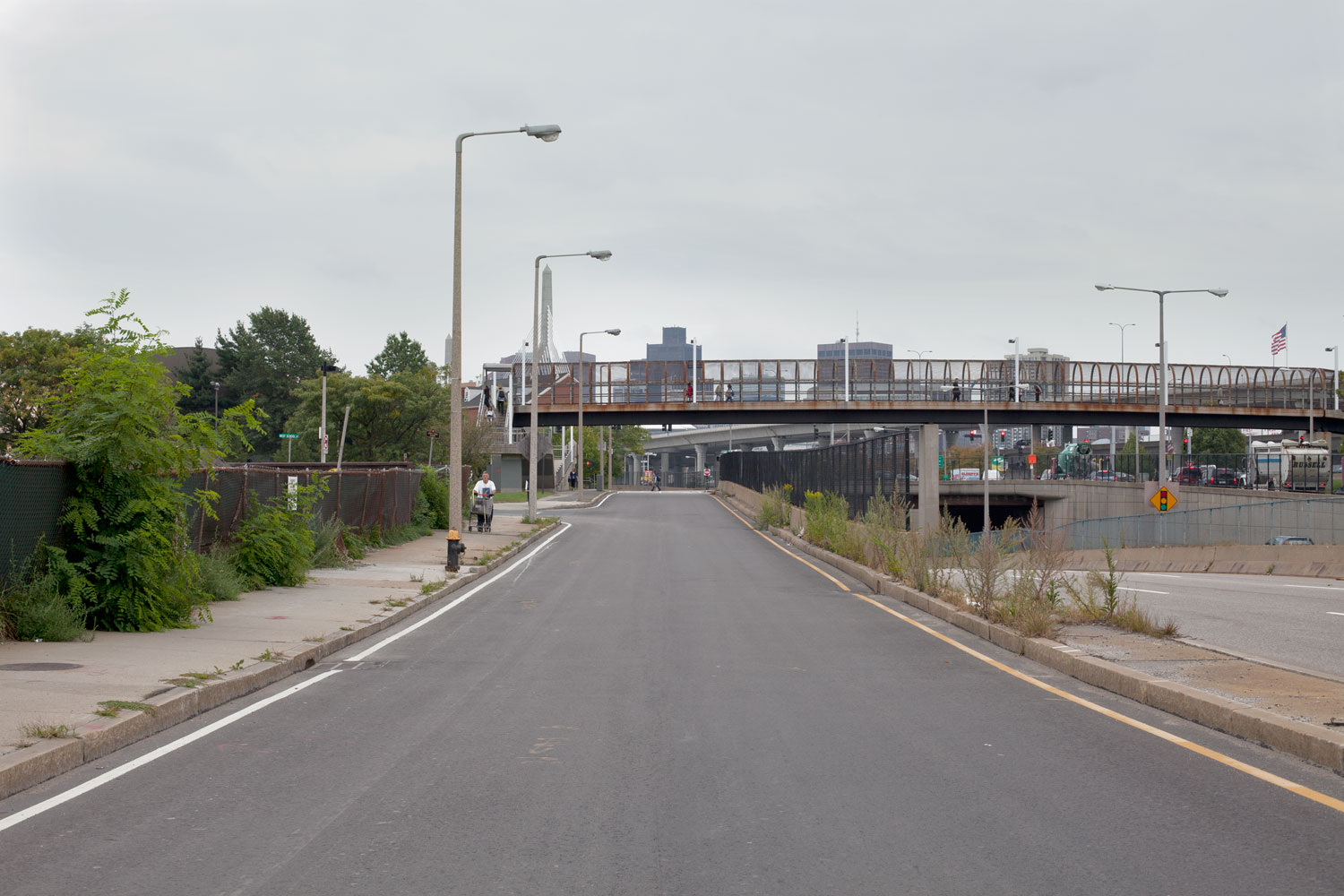
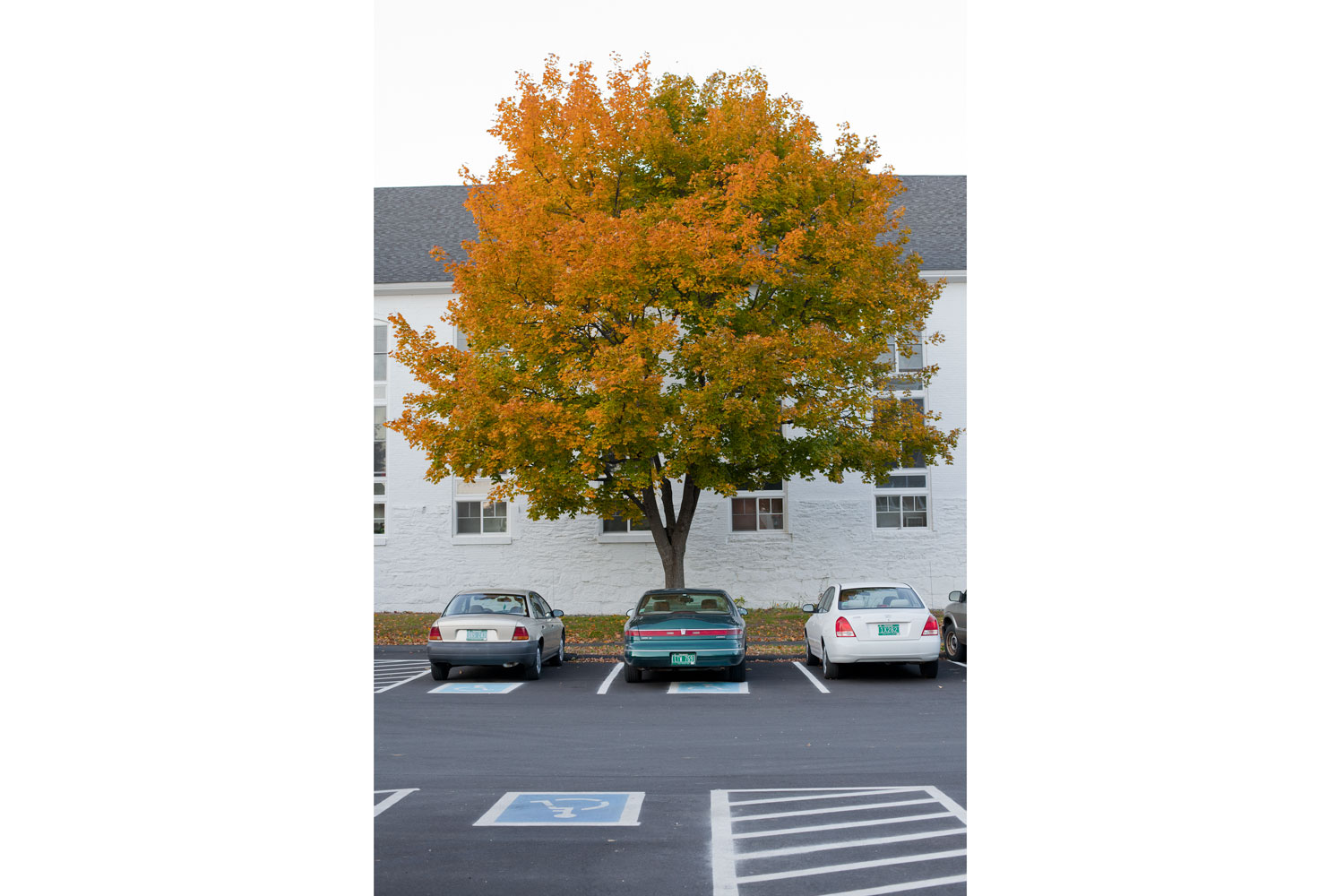
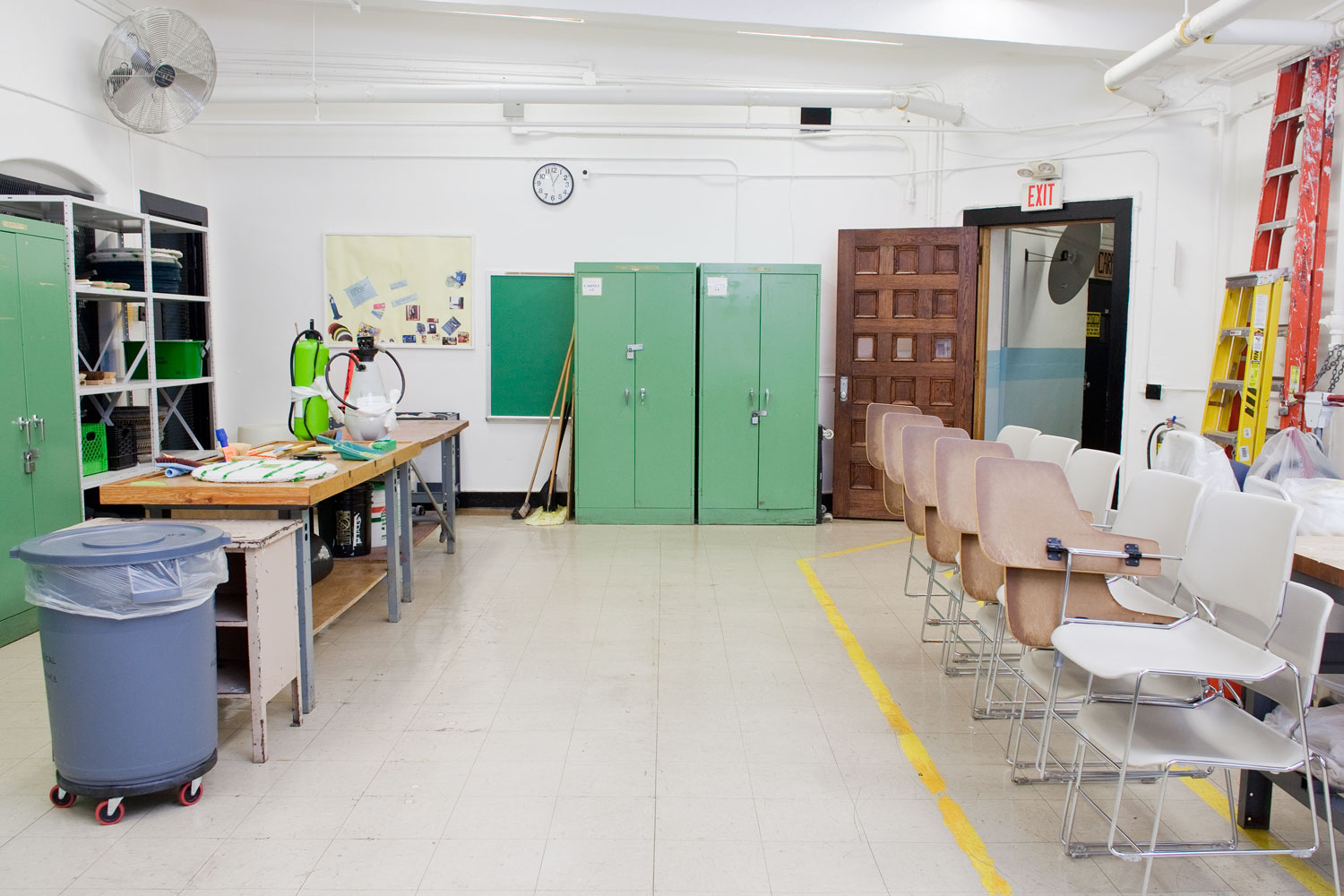
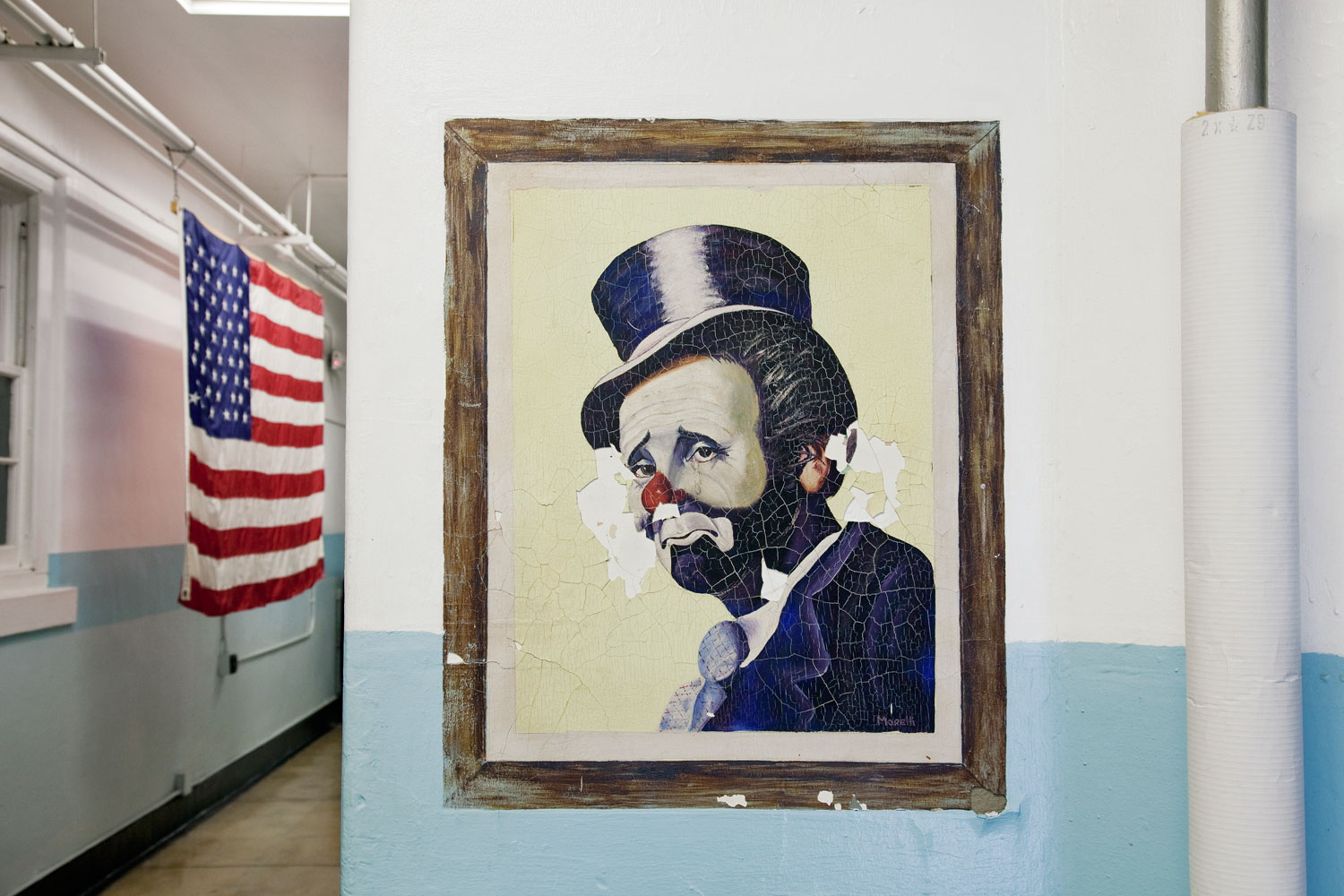
More Must-Reads from TIME
- How the Economy is Doing in the Swing States
- Democrats Believe This Might Be An Abortion Election
- Our Guide to Voting in the 2024 Election
- Mel Robbins Will Make You Do It
- Why Vinegar Is So Good for You
- You Don’t Have to Dread the End of Daylight Saving
- The 20 Best Halloween TV Episodes of All Time
- Meet TIME's Newest Class of Next Generation Leaders
Contact us at letters@time.com